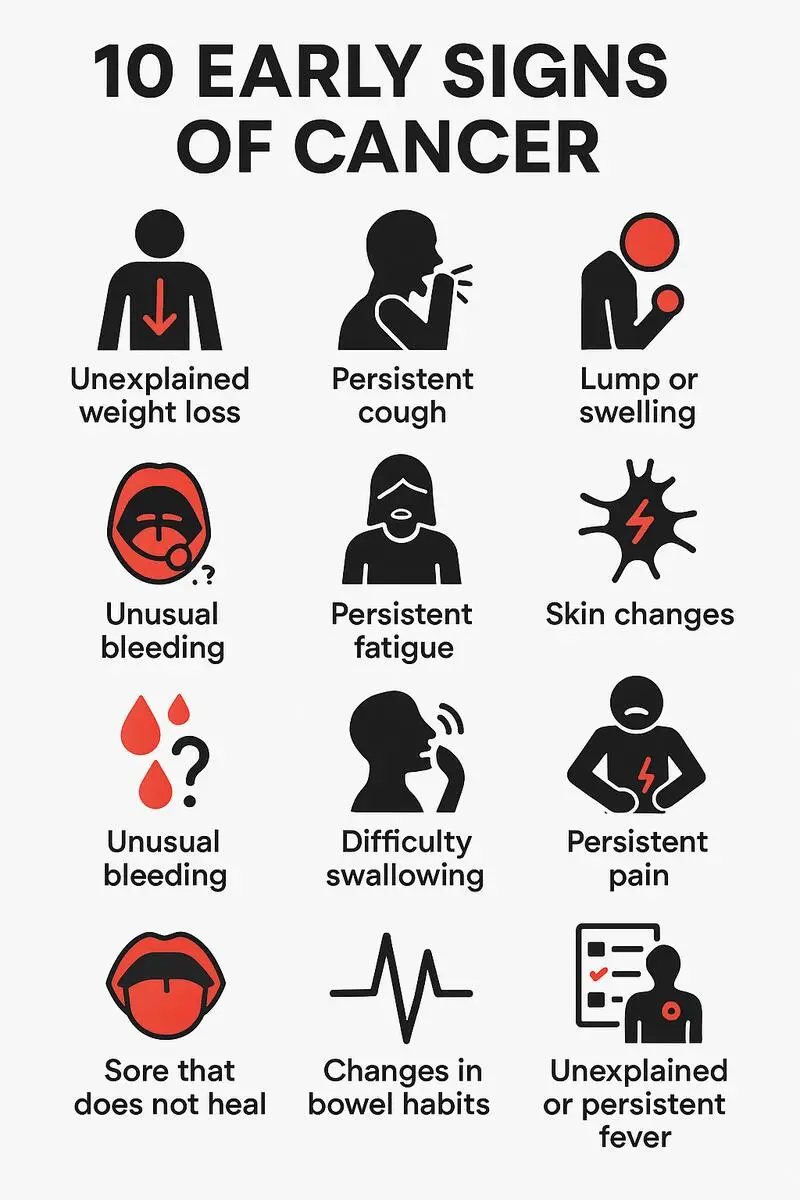- Published on: Mar 13, 2022
- 3 minute read
- By: Second Medic Expert
Conjunctivitis (Pinkeye) Diagnosis, Cause, Prevention & Treatment.
Conjunctivitis (Pinkeye) diagnosis, cause, prevention & treatment.
Conjunctivitis, also referred to as "pink eye", is a common eye infection that can be caused by viruses, bacteria, or allergens. It is characterized by redness and inflammation of the conjunctiva, which is the thin membrane that lines the inside of the eyelids and coats the white part of the eyes.
The most common symptoms of conjunctivitis are redness, swelling, itching, and discharge from the eyes. If left untreated, conjunctivitis can lead to serious vision problems. There are a number of different ways to diagnose conjunctivitis, including a physical examination of the eyes and testing for signs of infection or allergies. Treatment depends on the underlying cause of the infection.
Conjunctivitis, also known as pink eye, is a relatively common and irritating eye infection. It is caused by a variety of bacteria, viruses, or allergens and can be highly contagious. The symptoms include redness, itching, discharge, and inflammation of the conjunctiva- the thin membrane that lines the eyelid and white part of the eye.
There are many ways to diagnose conjunctivitis including history taking and looking at the eyes. Treatment typically involves antibiotics or antiviral medications, but some cases may require surgical treatment. Prevention methods include good hand hygiene, prompt treatment of any eye infections, and avoiding contact with sources of contagion.
Conjunctivitis is an inflammation of the conjunctiva, the thin, transparent membrane that lines the eyelids and covers the white part of the eye. It can be caused by a viral or bacterial infection, or by an allergic reaction. There are many ways to prevent conjunctivitis, including good hygiene practices (washing your hands often and keeping your fingernails clean), not sharing personal items such as towels or washcloths, and avoiding contact with sources of infection such as people who have pinkeye.
Conjunctivitis (pinkeye) is an inflammation of the conjunctiva, the thin membrane that lines the inside of your eyelids and covers the white part of your eyes. It can cause a number of symptoms, including discharge, redness, itching, and swollen eyelids. There are many different causes of conjunctivitis, including viruses, bacteria, allergies, and chemical irritants. It can be treated with antibiotics for bacterial conjunctivitis or antihistamines for allergic conjunctivitis, but there is no cure for viral conjunctivitis. Prevention includes good hygiene habits and prompt treatment of any underlying conditions.
Conjunctivitis, also known as pink eye, is a condition that causes the inside of the eyelid and the clear covering of the eye to become inflamed. It can be caused by a number of things, including bacteria, viruses, or even allergies.
Prevention tips:
-Wash your hands regularly and keep them away from your eyes.
-Avoid touching or rubbing your eyes.
-Don't share eye makeup or other personal items with others.
-Stay away from people who have conjunctivitis.
Treatment tips:
-If you have bacterial conjunctivitis, you will likely be prescribed antibiotics. It's important to finish all of the antibiotics.
Conjunctivitis, also commonly referred to as pink eye, is a highly contagious eye infection that can cause redness and swelling of the eyes. It is most commonly caused by either a virus or bacteria and can be spread through coughing and sneezing, contact with contaminated surfaces or objects, or direct contact with an infected person.
Pinkeye can usually be diagnosed based on the symptoms alone, but in some cases, further, testing may be necessary to determine the cause of the infection. Treatment will vary depending on the cause of the infection, but typically involves antibiotics for bacterial conjunctivitis or antiviral medications for viral conjunctivitis. Conjunctivitis is a common, highly contagious eye infection. It causes redness and irritation of the conjunctiva, the thin membrane that lines the inside of the eyelids and covers the white part of the eyeball. There are several types of conjunctivitis, but the most common is viral conjunctivitis, which is caused by a virus. Other causes include bacterial conjunctivitis (caused by bacteria), allergic conjunctivitis (caused by an allergy), and chemical conjunctivitis (caused by contact with a chemical).
Conjunctivitis is a common, highly contagious eye infection. It can cause redness and itching in the eye and a discharge that may crust the eyelashes. The cause of conjunctivitis is usually a virus, but it can also be caused by bacteria, an allergic reaction, or contact with chemicals. The best way to prevent conjunctivitis is to practice good hygiene, especially when you're around small children who are more likely to get the infection.
There's no cure for viral conjunctivitis, but it usually goes away on its own within two weeks. Bacterial conjunctivitis can be treated with antibiotics. Conjunctivitis, also known as pink eye, is a very common and easily spread infection of the conjunctiva, the thin layer of tissue that lines the inside of your eyelids and covers the surface of your eyeballs. It can cause redness in one or both eyes, a discharge that may be thick and crusty, itchy eyes, and sensitivity to light.
Pinkeye is most often caused by a viral infection, but it can also be caused by bacteria or a fungus. It can be spread through coughing and sneezing, contact with contaminated surfaces such as doorknobs or handles, or contact with someone who has pinkeye. The three most common causes of conjunctivitis are viruses, bacteria, and allergens. Conjunctivitis can also be caused by irritants such as smoke, dust, or fumes. It can be easily passed from one person to another through contact with secretions from the eye (e.g., tears, mucus, saliva) or by touching areas around the eye that have been contaminated with the infection.









